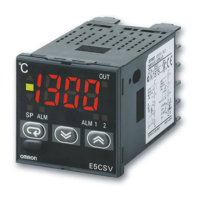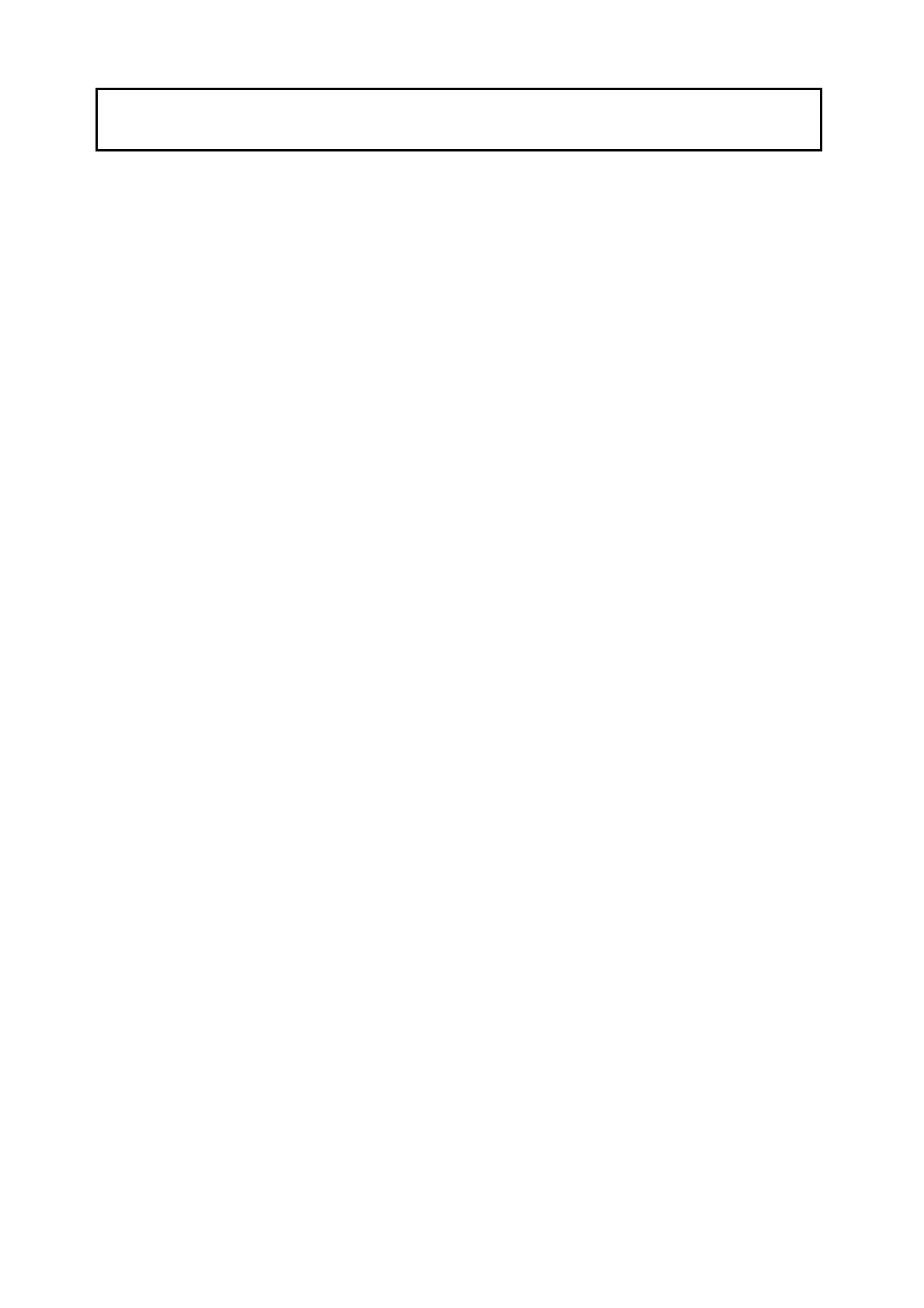vi
Precautions for Safe Use
Be sure to observe the following precautions to prevent operation failure, malfunction, or adverse affects
on the performance and functions of the product. Not doing so may occasionally result in unexpected
events.
1) The product is designed for indoor use only. Do not use the product outdoors or in any of the following
locations.
• Places directly subject to heat radiated from heating equipment.
• Places subject to splashing liquid or oil atmosphere.
• Places subject to direct sunlight.
• Places subject to dust or corrosive gas (in particular, sulfide gas and ammonia gas).
• Places subject to intense temperature change.
• Places subject to icing and condensation.
• Places subject to vibration and large shocks.
2) Use and store the product within the rated temperature and humidity ranges.
Group-mounting two or more Temperature Controllers, or mounting Temperature Controllers above
each other may cause heat to build up inside the Temperature Controllers, which will shorten their
service life. In such a case, use forced cooling by fans or other means of air ventilation to cool down
the Temperature Controllers.
3) To allow heat to escape, do not block the area around the product. Do not block the ventilation holes
on the product.
4) Use the specified size (M3.5, width 7.2 mm or less) crimp terminals for wiring. To connect bare wires to
the terminal block, use copper braided or solid wires with a gage of AWG24 to AWG18 (equal to a
cross-sectional area of 0.205 to 0.832 mm
2
). (The stripping length is 5 to 6 mm.) Up to two wires of the
same size and type, or two crimp terminals can be inserted into a single terminal.
5) Be sure to wire properly with correct polarity of terminals. Do not wire any of the I/O terminals
incorrectly.
6) Do not wire the terminals that are not used.
7) The voltage output (control output) is not electrically isolated from the internal circuits. When using a
grounded temperature sensor, do not connect any of the control output terminals to ground. Otherwise
unwanted current paths will cause measurement errors.
8) To avoid inductive noise, keep the wiring for the Temperature Controller's terminal block away from
power cables carrying high voltages or large currents. Also, do not wire power lines together with or
parallel to Temperature Controller wiring. Using shielded cables and using separate conduits or ducts
is recommended.
Attach a surge suppressor or noise filter to peripheral devices that generate noise (in particular, motors,
transformers, solenoids, magnetic coils or other equipment that have an inductance component).
When a noise filter is used at the power supply, first check the voltage or current, and attach the noise
filter as close as possible to the temperature controller.
Allow as much space as possible between the Temperature Controller and devices that generate
powerful high frequencies (high-frequency welders, high-frequency sewing machines, etc.) or surge.
9) Use the product within the rated load and power supply.
10) Use a switch, relay, or other contact so that the power supply voltage reaches the rated voltage within
2 seconds. If the applied voltage is increased gradually, the power supply may not be reset or
malfunctions may occur.
11) When using PID operation (self-tuning), turn ON the power supply to the load (e.g., heater) at the
same time as or before turning the power supply to the Temperature Controller ON. If power is turned
ON for the Temperature Controller before turning ON power supply to the load, self-tuning will not be
performed properly and optimum control will not be achieved.
12)Design the system (e.g., control panel) to allow for the 2 seconds of delay required for the
Temperature Controller’s output to stabilize after the power is turned ON.

